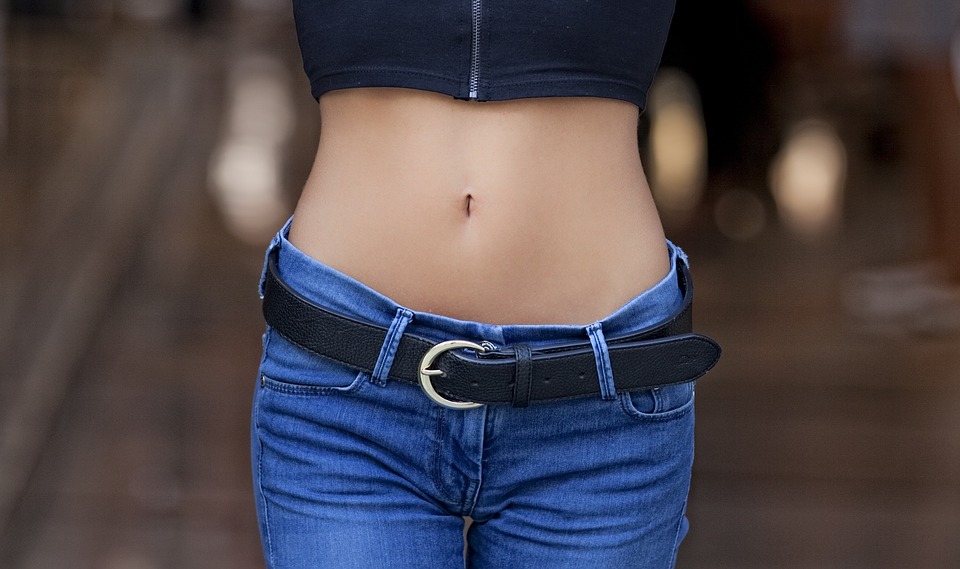
Body + Mind is reader-supported. We may earn an affiliate commission when you buy through some of the links on our site.
An astonishing 3 in 4 women will get a yeast infection during their lifetime. Do you fall into the majority? Either way, you may be wondering: How do you get a yeast infection?
Despite the commonness of this pesky infection, most women are unaware of the steps that they can take to prevent a vaginal yeast infection from happening. When you educate yourself on the causes of this issue, you’re in a better position to prevent its occurrence.
Several factors can increase your risk of getting a yeast infection, including:
All of the classic yeast infection causes, though, occur from an imbalance of bacteria in the vaginal area. Still asking yourself “how do you get a yeast infection?” If you’re feeling unsure of what you need to know about yeast infections to stop them dead in their tracks, read on for all of the information you need to optimize your health — no yeast infections included!
While yeast infections don’t quite make your top 5 list of topics that you love to discuss, it’s important to know what causes this unwanted irritation nevertheless.
Sometimes referred to as vaginal candidiasis, yeast infections manifest from an overgrowth of yeast or fungus strains in the vaginal area.
While a woman’s vagina naturally promotes an environment of yeast and healthy bacteria, an imbalance can cause yeast to go into overdrive and grow in excessive amounts — provoking an infection.
When yeast overgrowths occur, they can stimulate a myriad of issues in the body, including:
But don’t confuse a yeast infection for other common female reproductive system problems, either. When you know what signs and symptoms to be on the lookout for, you can seek the proper treatment and avoid any yeast infection complications.
You can get a yeast infection while going about your daily life in a routine way — which leads you to wonder, “How do you get a yeast infection, anyway?” And what is the main cause of a yeast infection?
Yeast infections occur whenever there is an imbalance of yeast in the vaginal area, which is the main cause. While you may make an effort to promote your overall health, there are a few unsuspecting actions and lifestyle factors that can increase your likelihood of contracting this unwanted infection.
Do you often wear tights or underwear made from a synthetic material? While we know that you have a soft spot for your cozy leggings, they’re known to provide the ideal place for the growth of yeast since this bacteria flourishes in moist and warm environments.
But leggings aren’t the only clothing culprit that may be harming the healthy state of your vaginal microbiome. If you tend to sit in wet bathing suits or sweaty workout clothes for too long after you leave the pool or gym, you’re also fostering the ideal environment for yeast growth, too.
And the next time you go to the grocery store, you may want to leave all of those scented sprays and douches sitting on the shelve. Feminine hygiene products with unnatural scents and internal cleaning methods can offset the balance of your body’s natural microbial balance.
Sometimes, yeast infections occur merely because of your body — and not what you put on it. If you have diabetes, are overweight, or eat a diet high in sugar, you’re also at higher risk for getting a yeast infection. In fact, you’re not even out of the woods when you maintain a healthy lifestyle and are free of any illnesses or health complications. The changes in hormone levels that occur during your period also means that you may get a yeast infection due to your menstrual cycle, too.
While it seems like yeast infections are simply an almost-inevitable part of being a woman, that doesn’t mean that you can’t take the necessary steps to reduce your risk of having one anytime soon, too.
One of the best ways to safeguard yourself against this pesky infection is by loading up on probiotics that ensure a healthy vaginal microbiome and yeast balance. Don’t feel like heading out to your local grocery store to load up on probiotic supplements and vitamins? No worries!
You’ll find your trusted bacteria is easily accessible in the foods sitting in your fridge and on your kitchen counter. From yogurt to sauerkraut, a spoonful of probiotics a day may just keep the yeast infections at bay.
Be sure to load up on vital foods that prevent yeast infections. In addition to eating a nourishing diet and supporting a healthy weight, be sure to reach out to your doctor if you begin to experience any issues that signify a possible yeast infection case.
Fortunately, although yeast infections aren’t exactly fun, they’re easy to treat and usually subside with a few days after treatment. But who says you have to get one in the first place? When you know how you get a yeast infection, you’re in a better possible to prevent yourself from experiencing this hassle at all.
Your email address will only be used to send you our newsletter, and at any time you may unsubscribe. For more information, see our Privacy Policy.